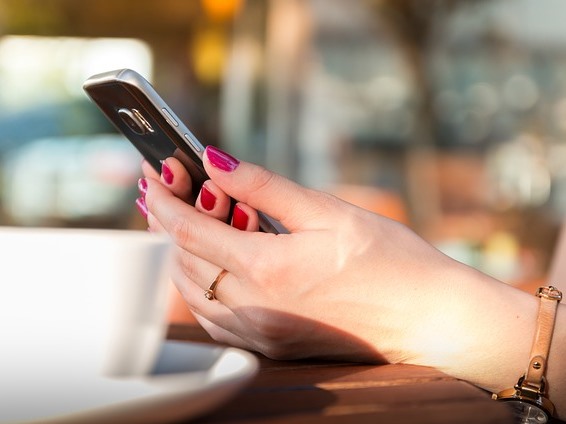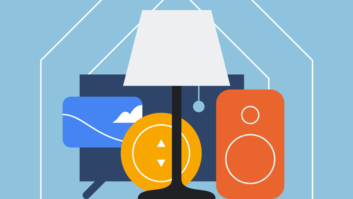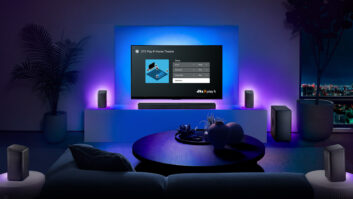
The advent of bring-your-own-phone wireless plans and the end of carrier- subsidies is fueling double-digit growth for carrier-agnostic handsets.
According to a new report by NPD Connected Intelligence, some 28 million U.S. consumers currently own unlocked mobile devices, comprising 12 percent of the market.
See:Unlocked Phones Locking Up More Sales
What’s more, due to limited selection in carrier and CE stores, 51 percent of all unlocked phones are purchased online, often direct from the manufacturer. This represents a notable departure from the traditional model for carrier-specific phones, 74 percent of which are bought in stores or kiosks.
“Since consumers now have to pay full price for their mobile phone, the unlocked market is a cost-effective alternative,” said NPD Connected Intelligence president Eddie Hold.
In addition, a new slew of unlocked models from Chinese manufacturers like Huawei, ZTE, Alcatel/TCL, Asus and OnePlus offer flagship-like quality and features at prices that are often half that of market leaders like the iPhone 7 and Galaxy S7.
See:Alcatel Analyzes U.S. Market
The unlocked market also allows these OEMs to enter the mobile waters without a carrier commitment, NPD noted.
While this poses a long-term threat to Samsung and Apple hegemony, awareness levels of emerging OEMs are currently below 10 percentage points, the market research group said.
Unlocked phones draw two types of shoppers: frugal consumers looking for lower-priced devices, and mobile enthusiasts looking to differentiate from standard choices, NPD report showed.
No surprise then that while Apple also sells unlocked, full-priced iPhones directly, iOS devices represent just 35 percent of the unlocked market while Android devices, with their surfeit of choices, comprise 62 percent of unlocked handsets.
But besides the added competition for hardware sales, unlocked phones prevent carriers from modifying the handsets’ software with options for paid services or network performance enhancements.
What’s more, consumers are likely to blame carrier networks for signal losses if the radios of their unlocked phones can’t receive the appropriate bands. “These consumers still expect their devices to deliver dependable service,” added Hold. “That’s why it’s becoming increasingly important for carriers to educate consumers on possible band/frequency issues when using unlocked devices.”
The study, “Unlocked Phone Demand Report,” is based on consumer panel research from the Broadband Adoption Survey conducted last July that reached 4,100 U.S. consumers, ages 18 and over from diverse regions and demographical backgrounds.













